When it comes to wildflowers, few are prettier or more captivating than Virginia bluebells (Mertensia virginica, Zones 3–8). These flowers are the sleeping beauties of the forest, lying dormant for most of the year until the first kiss of warmth in spring. They emerge with purple foliage that turns to cool green as they grow. Bright pink buds appear only a few weeks later and develop into pastel blue, trumpet-shaped flowers. At maturity, each plant can reach 18 to 24 inches tall and 12 to 18 inches wide.
Not to be confused with English bluebells (Hyacinthoides non-scripta, Zones 5–8) or Spanish bluebells (Hyacinthoides hispanica, Zones 3–8), Virginia bluebells are native to the eastern United States and Canada—spanning from New York to Minnesota up to Ontario and Quebec and south from Kansas to Alabama. They’ve earned many common names across their range, including pink and blue ladies, Kentucky bluebells, Virginia cowslip, and Roanoke bells.
Although they are perennials, Virginia bluebells are also ephemerals, meaning they are active for only a short window in spring and go completely dormant by early to mid-summer. They can emerge as early as late February or early March, depending on the climate. Alongside other ephemerals like bloodroot (Sanguinaria canadensis, Zones 3–9) and wake robin (Trillium spp., Zones 3–7), these plants serve as early food sources to kick-start ecosystems after a long winter slumber. They’re visited by bumblebees, other long-tongued bees, hummingbird moths, and skipper butterflies.
Give them the right growing conditions
Virginia bluebells thrive in the dappled shade of moist woodlands, often near rivers and streams, where they slowly spread to form enormous colonies. These resilient perennials are adapted to live in forests. They aren’t deterred by fallen leaves and can push up through several inches of leaf litter. They are also juglone tolerant, which makes them one of the few plants that can grow under black walnut trees (Juglans nigra, Zones 4–9).
They can thrive just as easily in shade gardens, especially ones with consistently moist soil. It’s a good idea to pair them with other shade-loving perennials that emerge later in spring, like hostas (Hosta spp. and cvs., Zones 3–9) or native deciduous ferns. These plants will then grow in and hide any bare spots after the bluebells go dormant. Bluebells can also be planted with daffodils (Narcissus spp. and cvs., Zones 3–8) and other shade-tolerant bulbs that bloom around the same time for a gorgeous spring display.
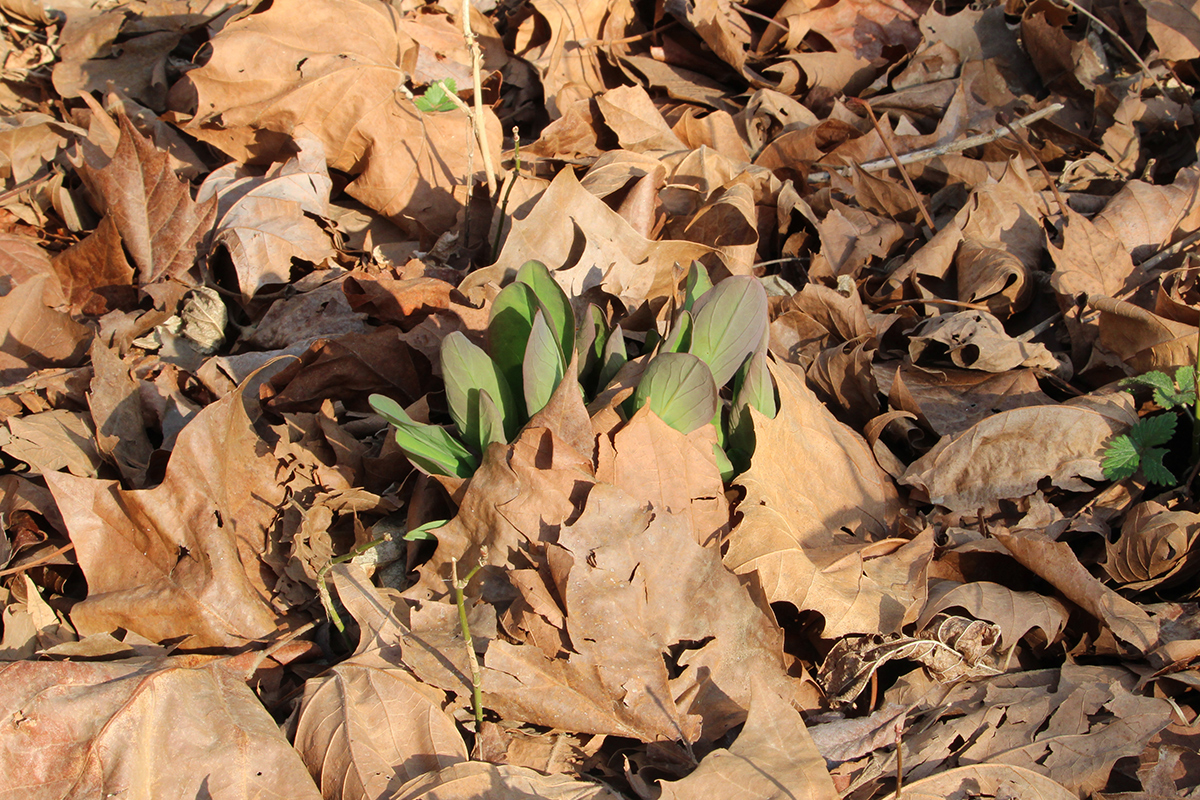
Plan your planting
Virginia bluebells are usually available as bare roots and less often as potted plants or seeds. In whichever form you obtain your bluebells, remember to source them responsibly; native plants should never be removed from the wild.
Bare root plants come in the form of rhizomes and can be planted any time of year if the soil is not frozen. In this dormant state, the bluebells will not endure the same transplant stress that they would when they’re active. If you want an impressive spring display, give them ample time to establish by planting in mid-fall or earlier.
If your Virginia bluebells are active and growing, the best time to plant is as soon as you get them. Even in late fall or early spring when there’s a risk of frost, perennials are better off in the ground than they are in a house. You can cover them overnight to protect from frost with a sheet or a quick cloche made by cutting off the top of a gallon milk jug. If the plants came from a greenhouse, they may need to be acclimated over the course of a few days to a week before planting them outdoors.
The seeds need a period of cold, moist stratification to germinate, so the easiest method is to sow them directly outdoors in fall. It is not ideal to start them indoors, which can cause them to be tender or induce transplant shock.
Care tips: fertilizing, dividing, and cutting back
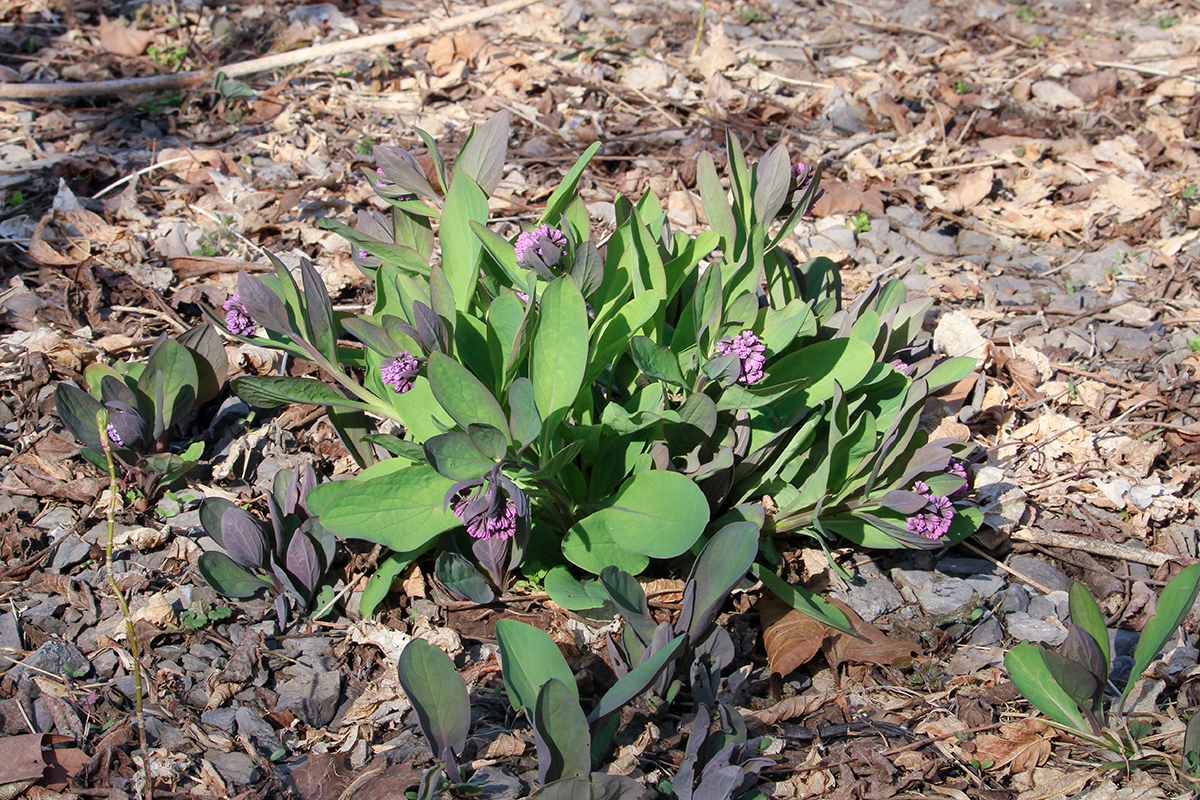
It may be tempting to fertilize your Virginia bluebells, but, like most native plants, they are used to lean conditions and require little to no fertilizing. Compost and decomposing mulch or leaf litter can provide all the organic nutrition needed to keep them happy.
Don’t worry if your Virginia bluebells appear to die in late spring or early summer; this is normal for ephemerals. While they die back above ground, the roots will stay alive until they emerge next spring. Although yellowing leaves aren’t the prettiest sight, you’ll want to let them die or mostly die before cutting or pulling them off. This allows the plant to continue to photosynthesize and store away enough energy to last it until next year.
If needed, Virginia bluebells can be carefully divided and transplanted when they are completely dormant. When you are dividing, make sure to cut so that there is at least one node on each piece of rhizome. It is not recommended to divide or transplant active bluebells, because they resent root disturbance and will quickly go into shock. However, you may find that you don’t need to divide them at all. Bluebells naturally spread and, if given enough time, will reward your patience with a beautiful colony.
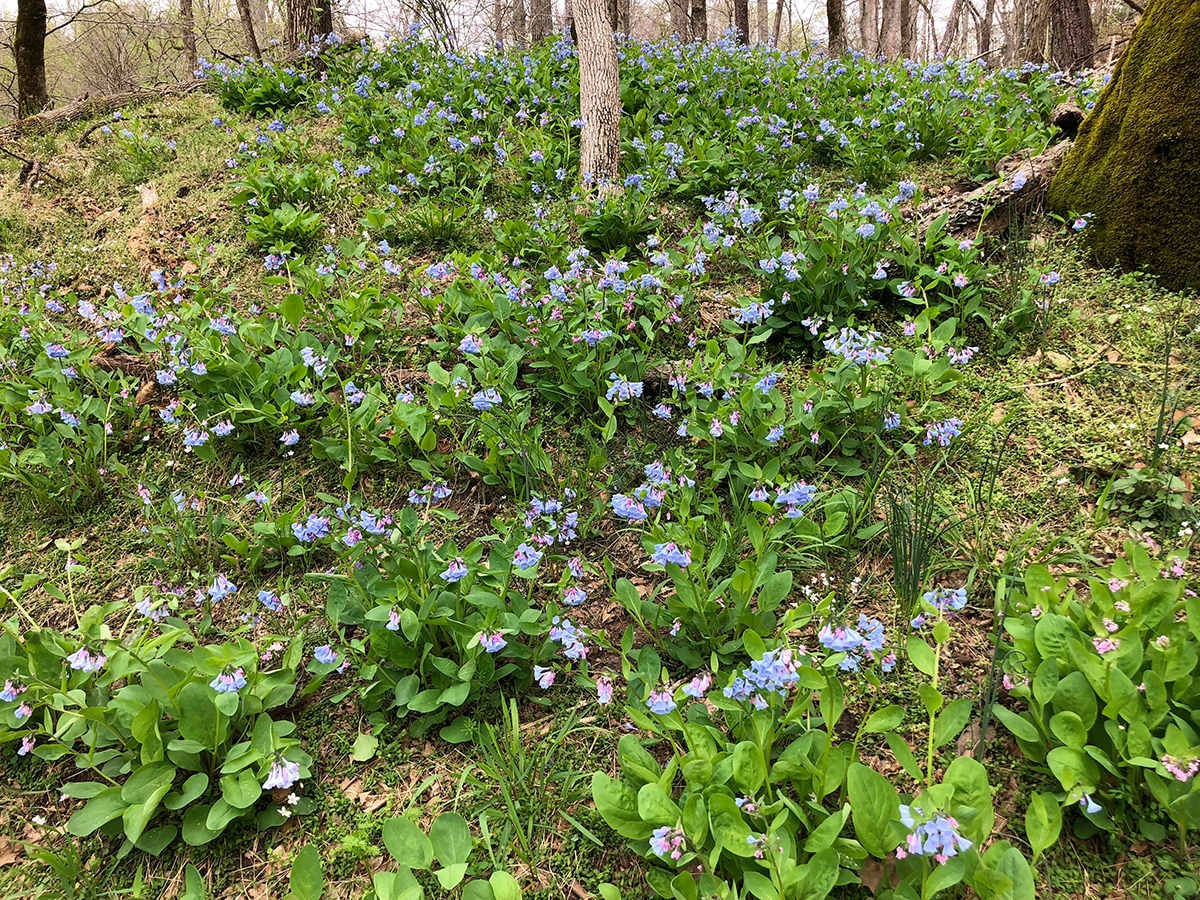
Find more early spring bloomers for the southeast:
Discuss this article or ask gardening questions with a regional gardening expert on the Gardening Answers forum.
And for more Southeast regional reports, click here.
Cheyenne Wine is a writer and gardener with experience in the plant nursery industry. She currently helps promote conservation efforts through the Virginia Department of Conservation and Recreation.
Photos, except where noted: Cheyenne Wine
Fine Gardening Recommended Products
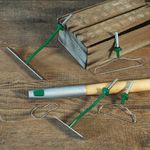
Johnny’s Selected Seeds Connecta® Cultivation Kit
Fine Gardening receives a commission for items purchased through links on this site, including Amazon Associates and other affiliate advertising programs.
Choose the right tool head for the job and switch out quickly with a simple push-button release. Includes the Connecta receiver, Connecta Collinear 4 head, Connecta Collinear 7 head, Connecta Contour Wire 4 head, Connecta Contour Wire 6 head, a sustainably harvested oiled ashwood handle, and a stainless-steel carrying clip.
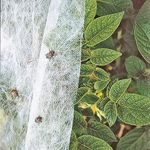
Gardener’s Supply Company Summerweight Fabric Plant Cover
Fine Gardening receives a commission for items purchased through links on this site, including Amazon Associates and other affiliate advertising programs.
Ideal for summertime pest control, this garden cover effectively screens out Japanese beetles, potato beetles, cabbage worms, leaf miners, carrot flies and most vine borers. It transmits 97.6% of the light to your plants without allowing heat build-up, and it provides cold protection down to 41° F, to extend your growing season.

Lee Valley Garden Knife
Fine Gardening receives a commission for items purchased through links on this site, including Amazon Associates and other affiliate advertising programs.
These knives have a trowel-like blade with a sharp edge to let you use the same tool for digging, planting and cutting. The blade is sharpened on both sides, with serrations on one edge to help with cutting tough roots or dividing perennials. Deeply stamped markings on the blade (in 1/2″ and 5mm increments) help you set the correct planting depth for seeds and bulbs.

